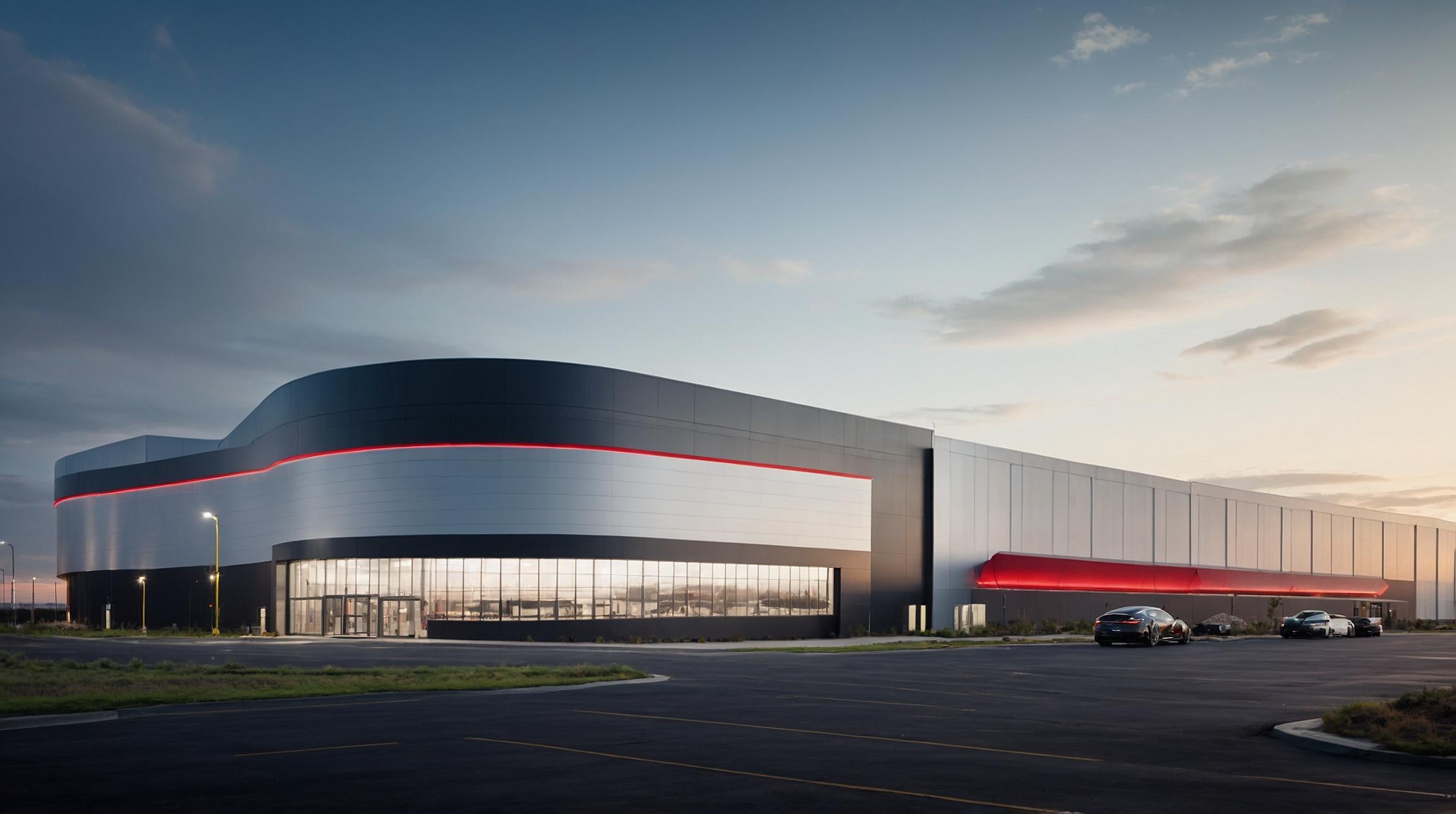Megapack Facility Visit Takeaways
Global Competition and Demand: Tesla analysts noted that Chinese companies are increasing competition in the stationary battery market. However, global demand remains robust, highlighting the potential for growth.
Future Battery Market Needs: By 2030, the market will require approximately 2 terawatt-hours of batteries, a significant increase from 2023 levels, indicating a booming sector.
Commodity Concerns: As battery technology matures, it risks becoming a commodity, meaning Tesla might struggle to compete solely on price. Instead, they focus on offering a complete ecosystem.
Leveraging Ecosystem: Tesla uses its software and inverters to secure contracts rather than relying on the lowest prices. This strategy capitalizes on the integration of their energy solutions.
Absence of Chinese Competitors in the U.S.: Due to the long-term service needs and geopolitical factors, Chinese companies are largely absent from the U.S. market.
Geopolitical and Localization Challenges: The location of factories and geopolitical factors pose significant challenges for Chinese suppliers entering the U.S. market.
Local Production Importance: A single Megapack can weigh over 80,000 pounds, making shipping expensive, which underscores the importance of local production.
Shanghai Facility Expansion: Tesla's planned Shanghai facility, expected by 2025, will enhance their competitive stance in Asia.
Project-Based Operation: Tesla Energy operates on a project basis, causing fluctuations in quarterly results, complicating long-term forecasts.
Dependence on Imported Cells: Tesla currently imports lithium iron phosphate (LFP) cells and has not commented on potential in-house production, maintaining reliance on external sources.
Local and In-Sourced Production Strategy: Their strategy emphasizes localization and in-sourcing to prepare for various market scenarios.
Long-term Margin Goals: Tesla Energy's long-term gross margin target is approximately 20%, aligning with other company segments.
FSD Community Tracker Webinar Takeaways
FSD Software Improvement Monitoring: The FSD Community Tracker evaluates the progress of Tesla's full self-driving software in real-world conditions.
Data Collection and User Engagement: In the past six months, 107 users submitted data using diverse input methods, showing strong community involvement.
Data Submission Trends: Submissions typically increase after new FSD software releases, indicating ongoing user engagement and interest.
Objective Participant Profile: Participants are generally diligent and objective, using FSD frequently, though outliers are filtered out for data accuracy.
Performance Metrics: The latest FSD version has improved, traveling 220-251 miles between critical disengagements.
Comparison Challenges: Drawing direct comparisons with competitors like Waymo is difficult, as disengagement-free distances vary.
Tracking Improvement Trends: Instead of focusing on absolute numbers, observing improvement trends offers more insights into FSD's progress.
Version Performance Regression: Despite recent improvements, there has been slight performance regression in v12.5.x since its initial release, potentially due to preparations for third-generation hardware.
Continued Improvement: Analysts note that FSD v12.5.x has "certainly improved" but still faces challenges compared to its initial release.
- Hardware Preparation: Regression might be linked to preparing the software for third-gen hardware, indicating ongoing development.
Piper Sandler analysts maintain an Overweight rating on Tesla, with a price target of $300, suggesting investors hold Tesla stock, anticipating developments in the robo-taxi segment.













